Surface Book 2 review: is this wonderful 13.5-inch laptop the best you can get?
The screen is astounding; the design is fantastic and it’s the best Windows tablet, too

Supreme power for a supreme price. Brilliant, but only worth considering if you will use the screen as a tablet sometimes.
-
+
Power and performance
-
+
Versatility
-
+
The best Windows 10 tablet
- +
-
-
Surface Pen not included
-
-
Heavier than many ultraportables
Why you can trust T3
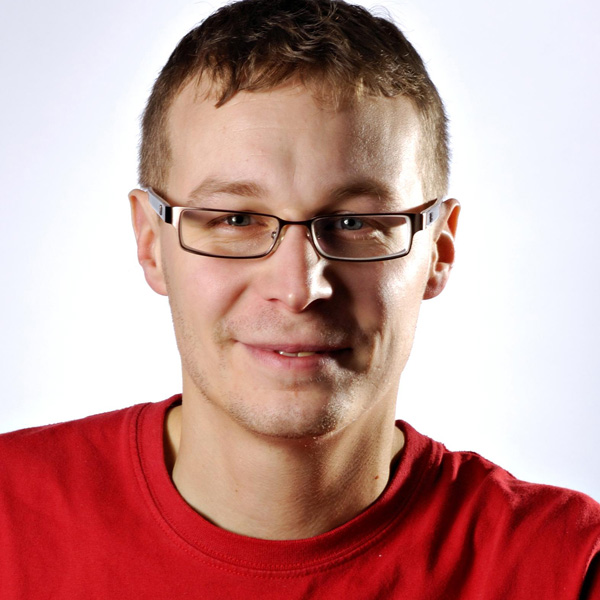
Microsoft debuted a new 15-inch version of the Surface Book 2 which is already out in the US and is coming to the UK in 2018. But thankfully, the 13.5-inch edition has also made it to these shores.
The Surface range has always been designed to showcase what Windows is capable of – and taking the fight for high-performance mobile computing to Apple. Microsoft has made no secret of the fact it’s targeting Apple’s creative heartland and the success and usefulness of the Surface Pen is a big part of this.
The new Surface Book 2 is very much a follow-up to the original, but the landscape for Surface devices has changed a little now that Surface Laptop has arrived. Surface Laptop is a Surface Book for those that actually just want a laptop, leaving Surface Book 2 free of any traditional bonds to target those who want a laptop AND a kick-ass Windows tablet they can use with Surface Pen. Essentially, it’s a jack-of-all-trades with complete versatility to go alongside awesome power.
These devices take the 2-in-1 convertible concept to the nth degree; they’re most certainly not like the Surface or Surface Pro. And if you remember Surface RT, well, we’re surprised Micrsoft hasn’t been round to wash your brain of the memory, Men-in-Black-style.
For our money, the 15-incher is too big. You simply don’t need a tablet that size. And it’s too big to be truly portable. Because of its unusual thickness – thanks to the unique hinge – it’s already a little bit of a struggle to get this laptop into a bag that’s specifically designed to be able to take a 13-inch laptop.

Surface Book 2 features
While Surface Book 2 is similar to the original version, there are two big differences for us – the first is a beneath-the-surface tweak. The Core i5 version of the laptop now features fanless cooling. The Core i7 version still needs active cooling due to its greater power consumption (as does all models of the 15-inch).
The heft has decreased slightly with this new model. 312mm x 232mm x 13mm (at its thinnest part), Surface Book 2 is slightly smaller and thinner than its predecessor and it weighs 1.6kg compared to the original’s 2.0kg. Surface Book’s main issue is that it feels bulky compared to many thin and light laptops and – most notably – the super thin MacBook Pro.
At 15mm it may be slightly thicker than the Surface Book 2 is at its thinnest point, but while the MacBook Pro is uniform throughout, the Surface Book 2’s hinge means that it is much thicker there thanks to that fulcrum hinge. You do get used to it though and it does enable you to position the screen at some jaunty angles.
However, rivals such as Dell and Lenovo have managed to produce clever laptops that don’t require such massive hinges.
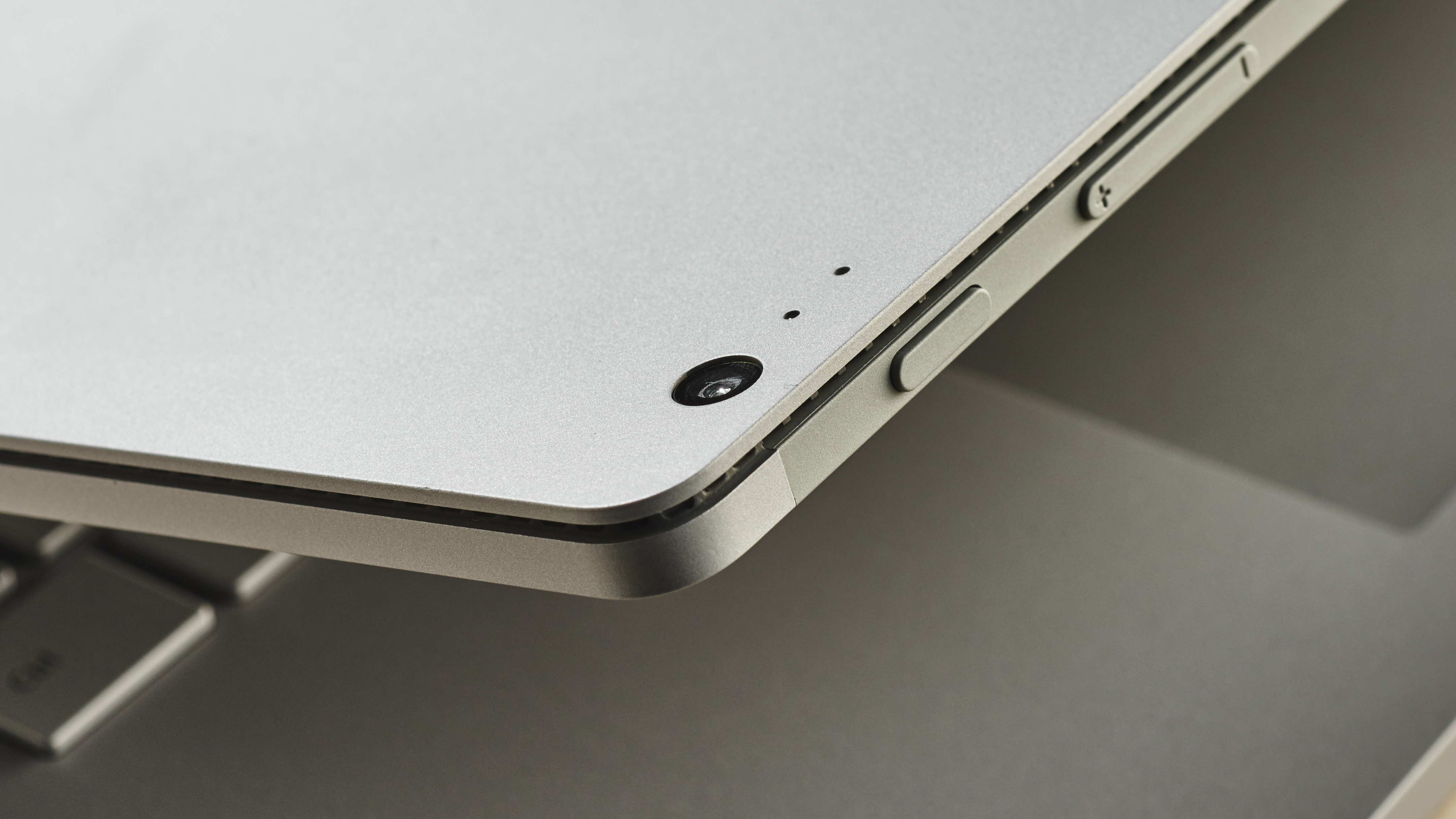
Surface Book 2 performance
Surface Book 2 is definitely a performance proposition with a price tag to match. The base model isn’t too bad, but given that it doesn’t’ have a dedicated GPU you would be forgiven for thinking that you need the upgraded model that costs a not-inconsiderable £500 more. That’s quite a leap.
The base-level Surface Book 2 13.5-inch model gives you a 7th Generation Intel Core i5 CPU, 8GB RAM, 256GB and integrated GPU for £1,499 (or $1,499 USD, around AU$2,600).
In comparison, the Dell XPS 13 costs a lot less but doesn’t feature the same level of components. It starts from £999, $799, AU$1,899 for a dual-core Intel Core i3 CPU, 8GB of RAM and 128GB SSD storage paired with a Full HD, InfinityEdge screen.
There’s then a version with the latest-gen Intel Core i7 CPU, 8GB, 256GB, and Nvidia GTX 1050 GPU with 2GB GDDR5 memory for $1,999 or £1,999 (around AU$3,400). Meanwhile, the Intel Core i7, 16GB RAM, 512GB SSD and Nvidia GTX 1050 GPU setup goes for £2,499 or $2,499 (around AU$4,300). Finally, the top configuration comes with an Intel Core i7, 16GB RAM, 1TB SSD and GTX 1050 for £2,999 or $2,999 (around AU$5,200).
A better XPS 13 model comes with an Intel Core i7 processor, 3,200 x 1,800 InfinityEdge touch display and 8GB of RAM for around half the asking price of the top end Surface Book 2 13.5-inch model. The Surface Book 2 - even the top specification – is unsurprisingly a productivity-focused device rather than one you want for games (there’s 2GB of graphics memory). If you do want the latter and money isn’t a problem, then maybe wait for the 15-inch Surface Book 2 to arrive in the UK in 2018.
Coincidentally, as with the previous Surface Book, the dedicated graphics is in the base so if you use the screen as a detached tablet then you’ll be using integrated graphics instead. Note that you also get additional power from the base, too. Note that if you detach while using a graphics intensive app, you will be warned.
The stated battery life of 17 hours is a little optimistic, but we’ve performed intense use and got a full day’s work out of it. If all you’re doing is some browsing and working in documents then you will be looking at a lot more time than that. The tablet’s life is best described as ‘several hours’ – you won’t have a problem lasting through an all-morning meeting, but then it will be time to charge. You can charge the tablet separately from the body.
As you’ll know if you’ve seen anything of the earlier screen of the Surface Book 2 detaches with a satisfying click (via a key on the keyboard or taskbar button) although Microsoft has made some improvements to the ‘muscle wire’ mechanism. As you may know, Windows 10 automatically turns into tablet mode when you detach, which makes things a lot simpler, though you can still have the full desktop on the tablet should you so wish.
The trackpad is smooth and responsive, while the Surface keyboards have always been some of the best around. The backlit keyboard is great to type on thanks to plenty of key travel – we can easily type on it all day.
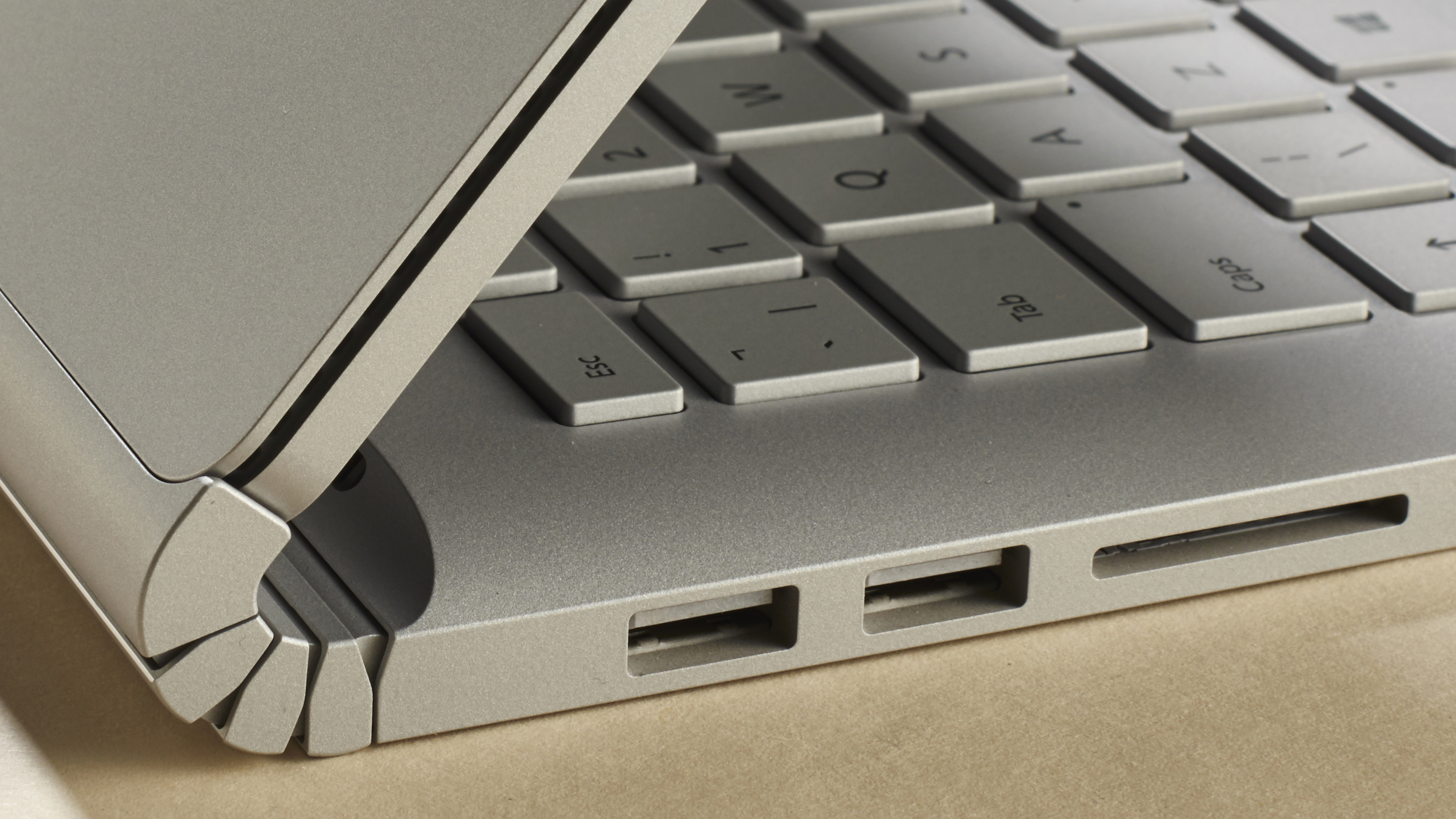
Surface Book 2 display and tablet
The 3,000 x 2,000 267ppi screen looks fantastic thanks to a 1600:1 contrast ratio that makes colours appear simply brilliant. Some may find the 3:2 aspect ratio a little different, but there’s plenty of space from top to bottom to put documents alongside each other – you don’t get that with many ultraportable laptops which have 16:9 ratios.
The Surface Book 2 also happens to be the best Windows 10 tablet around; it’s so thin and light. It is a little bit of a shame that the base of the device is so heavy, since if you do use it as a standard laptop on your lap then the whole thing feels a little bit unbalanced.
Thankfully Microsoft has opted for USB-C here unlike on the original Surface Book, even if it is just a single port. Unfortunately Microsoft just doesn’t have the balls that Apple does to go cold turkey on older USB, so there are two of those ports, too. There’s even a full size SD card reader, which photographers will appreciate.
As with the Google Pixelbook and Pixelbook Pen, it’s a huge miss that Microsoft feels you should pay £99/$99 for the Surface Pen stylus. Once again, the Surface Pen can magnetically attack to the side of Surface Book 2, but at this price you should get it included especially as many of Surface’s core tablet mode experiences leave you desiring a stylus. The Surface Dial - a puck that can change context-sensitive settings - works brilliantly with the Surface Book 2. Again it’s not included, but it is more understandable that it’s not bundled.
Windows 10 is pretty decent as a tablet OS, even if it isn’t quite as intuitive as iOS. But the Microsoft Store remains a problem; there still aren’t enough decent apps and the experience of the Store itself remains woeful and slow. You can only conclude that Microsoft isn’t capable of producing a good app store and attracting developers because we’re now five years on from the original launch of the store with Windows 8. Still, it’s OK because Windows is such a well-supported platform for other applications outside of the store.
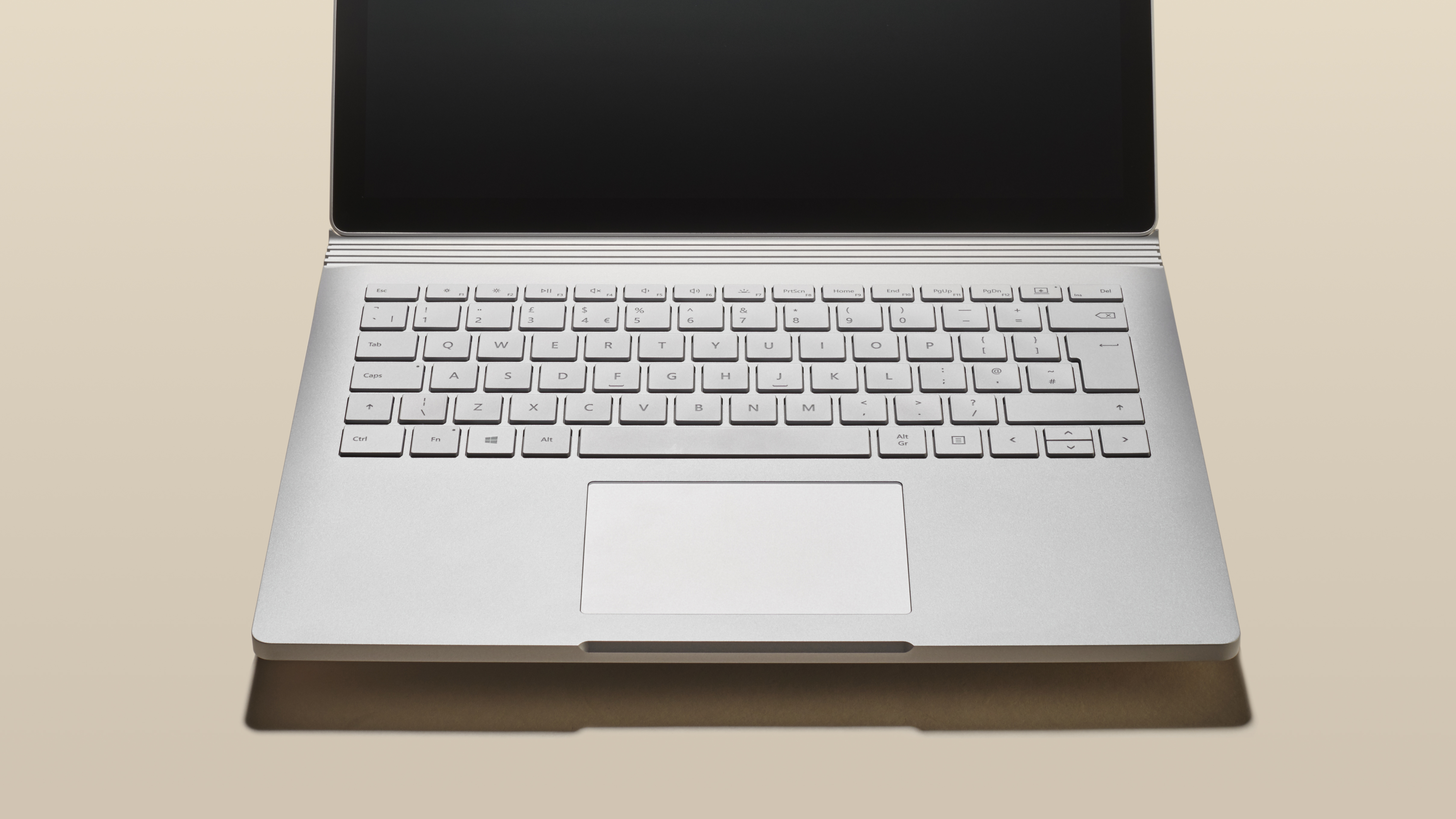
T3 Verdict
Overall, the Surface Book 2 13.5-inch is undoubtedly a premium product – nothing about it feels underdone and it’s the most powerful 2-in-1 laptop we’ve tried. As with the 15-inch version, it’s an excellent showcase for Windows 10, including the new features of the Fall Creators Update, such as Windows Mixed Reality, It has a premium design and excellent features though it comes at a price.
Sign up to the T3 newsletter for smarter living straight to your inbox
Get all the latest news, reviews, deals and buying guides on gorgeous tech, home and active products from the T3 experts
Dan is a previous Editor for T3.com and covered the latest in computing, home entertainment and mobile tech. He's also the former Deputy Editor of TechRadar and former Editor of Lifehacker UK. Dan has written for numerous computing and lifestyle magazines and has also written a book, too. You'll see him pop up in numerous places, having been quoted in or on The Sun, BBC World Service, BBC News Online, ITN News, BBC Radio 5Live, BBC Radio 4 and Sky News Radio.
-
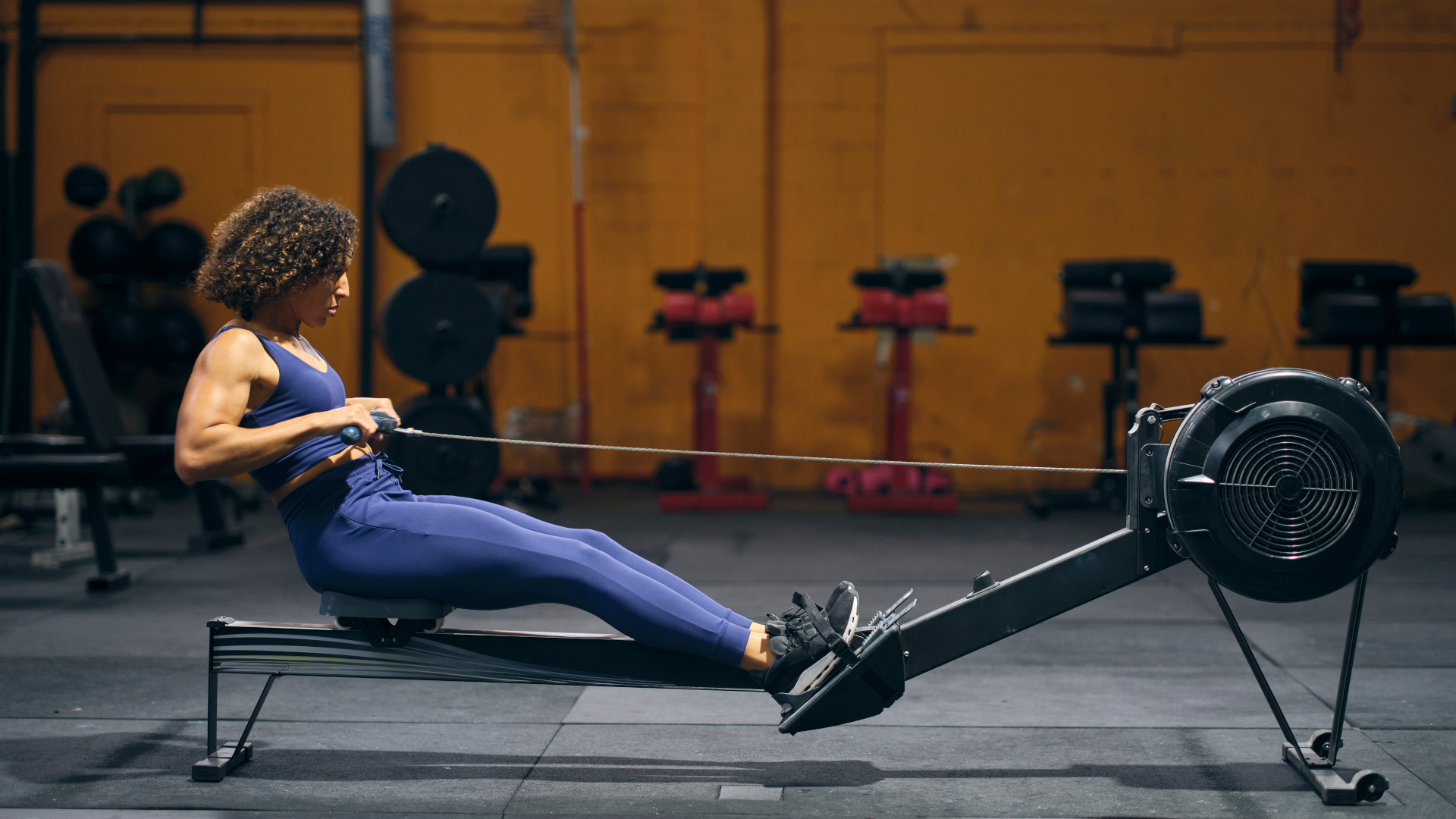 Supercharge your aerobic engine with this three-move rower workout
Supercharge your aerobic engine with this three-move rower workoutImprove your cardiovascular fitness and burn through calories
By Bryony Firth-Bernard Published
-
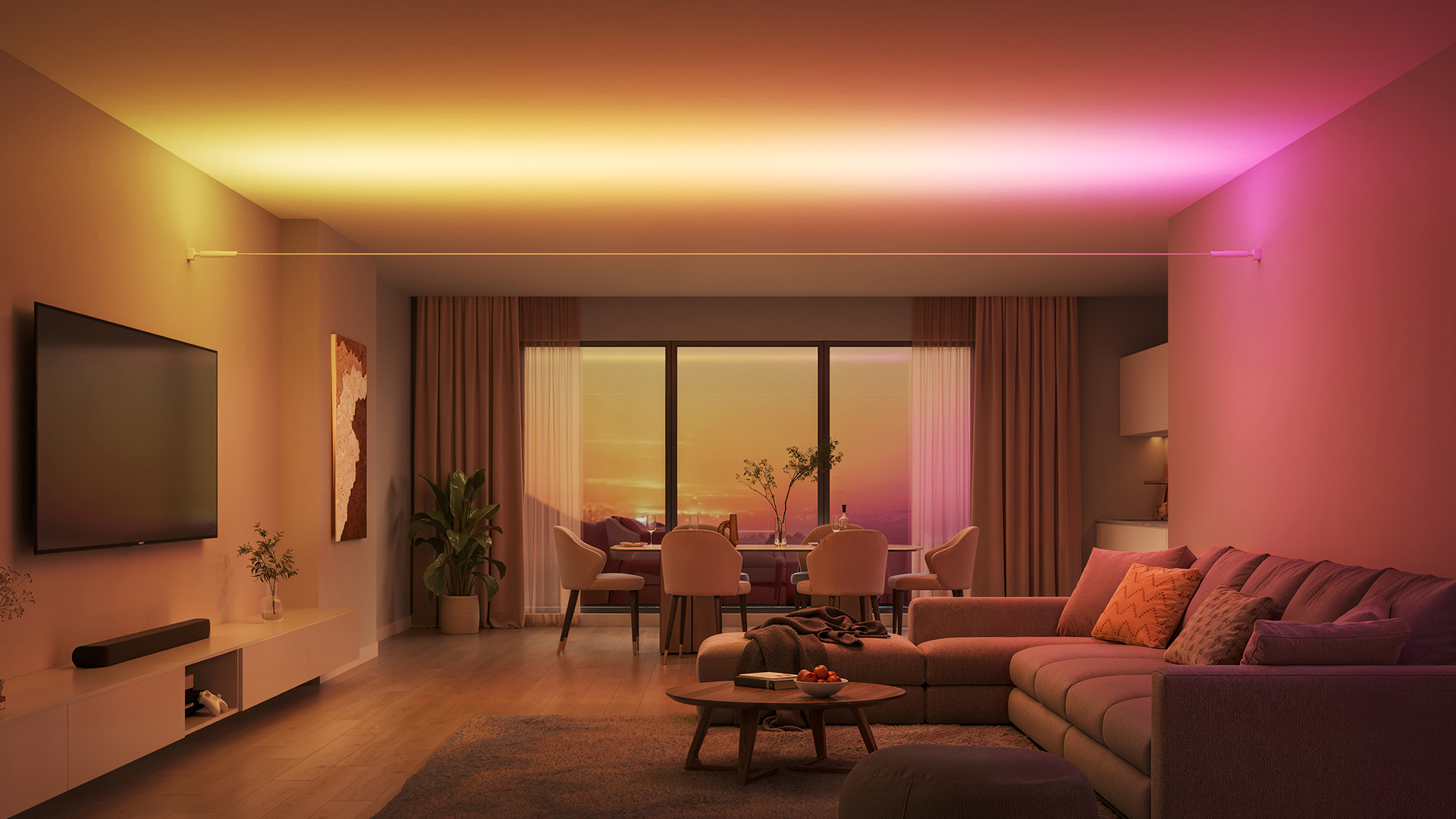 Govee’s new smart light is minimalist, modern...and weirdly familiar
Govee’s new smart light is minimalist, modern...and weirdly familiarNo, you can't hang your washing on it
By Lizzie Wilmot Published
-
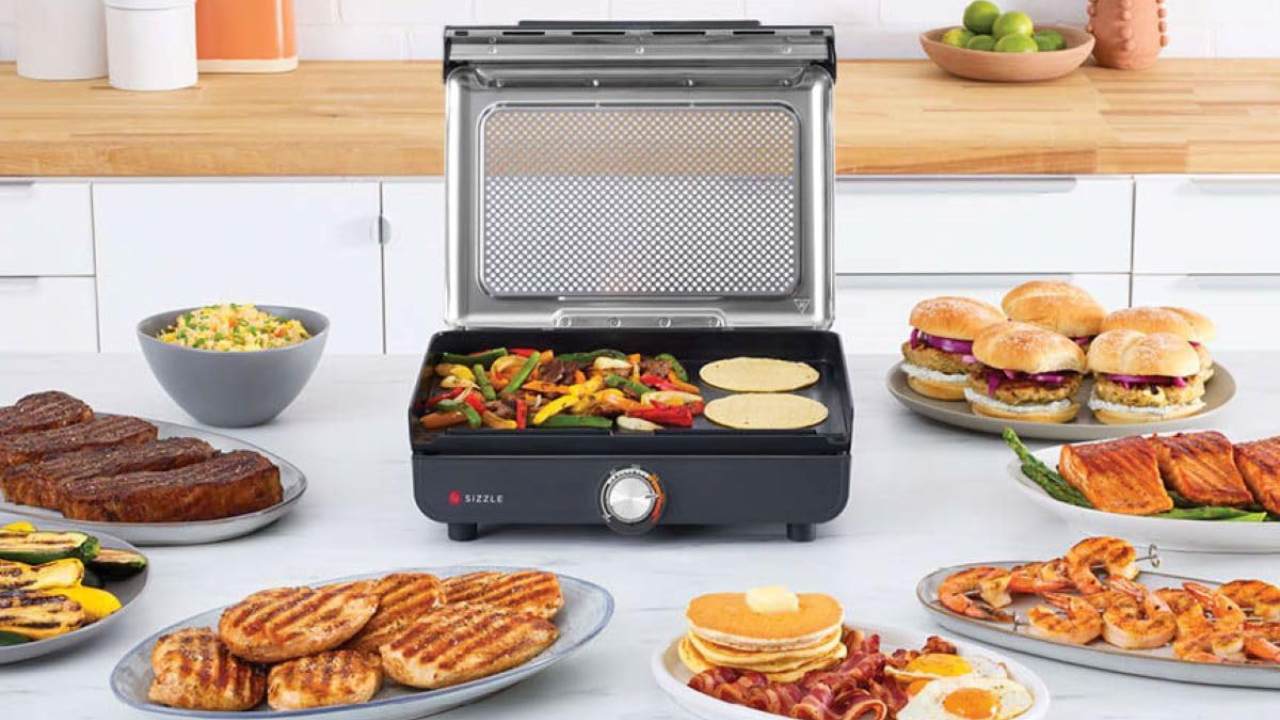 Ninja’s new indoor grill can cook 10 burgers at a time – but you might not get it
Ninja’s new indoor grill can cook 10 burgers at a time – but you might not get itNinja supersizes its Sizzle Pro indoor grill
By Bethan Girdler-Maslen Published